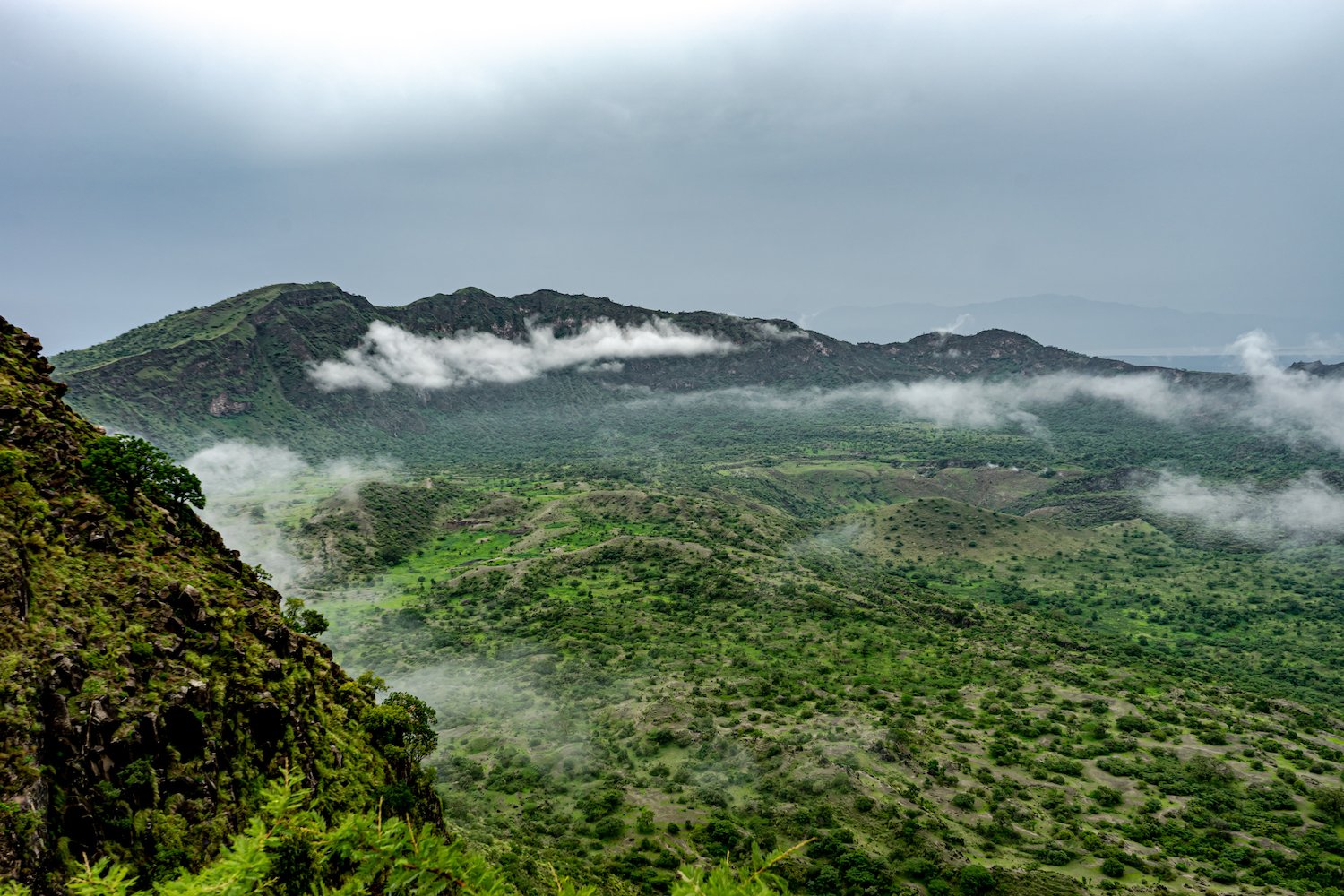There’s something odd happening under an Ethiopian national park. Volcanic and seismic activity were on the rise under a volcano named Mount Fentale, but the gas that began spouting out of the ground wasn’t what you’d expect from an impending eruption.
Canadian greenhouse gas monitoring company GHGSat said in early February that the amount of methane being emitted from Mount Fentale is “substantial.” When GHGSat began measuring the emissions on January 31, they found that the volcano was spewing out 58 metric tonnes of methane every hour. GHGSat began monitoring the situation after receiving a tip from the European Space Agency’s Copernicus program, which operates a number of observation satellites orbiting Earth.
John Stix, a geology professor at McGill University, told New Scientist that the amount of methane is “unusual” for volcanoes, which typically spew out other gases, such as carbon dioxide and sulfur dioxide.
While carbon dioxide is the primary greenhouse gas contributing to climate change, methane is in second place, accounting for around 11% of global emissions. According to the EPA, methane is actually the more powerful of the two gases, with a single molecule being capable of trapping 28 times more heat than a molecule of carbon dioxide.
That the methane is so abundant compared to other gases suggests whatever is happening isn’t due to magma coming to the surface, said Stix. Rather, magma movement deep underground may have opened a gas deposit.
The good news is that it seems whatever is happening, it’s slowing down. GHGSat’s Jason McKeever told New Scientist that emissions have been declining since February 9.
It’s been over two centuries since the last Mount Fentale eruption. In 1820, a 2.5-mile-long (4 kilometer) fissure opened in the volcano, resulting in a lava flow. Prior to that, the last recorded eruption was back in the 13th century. That one destroyed an Abyssinian town and church south of the mountain.
There were signs of activity at Mount Fentale even before the methane was detected. On its website, the Smithsonian’s Global Volcanism Program said satellite radar indicated an intrusion of magma in the region back in September.
The satellites detected “thermal anomalies” in the area on January 13 and 14, which increased in size until January 21. The cause of the anomalies remains unknown.
Mount Fentale is located in Awash National Park, which is also home to Mount Dofan, a 1,480-foot-tall (450-meter) volcano. In early January, plumes of smoke began seeping out of vents in the mountain, leading to hundreds of people leaving their homes as a precaution. There had also been increasingly strong seismic events in the weeks leading up to the volcanic activity, which has not, as of yet, resulted in a full-blown eruption.
To say it’s been a while since Dofan erupted would be an understatement. According to the Global Volcanism Program, there’s no indication of an eruption during the Holocene, the current geologic era, which stretches back 11,700 years. That’s not to say it’s due for an eruption. Volcanic activity is difficult to predict, even for experts, so don’t worry too much about this. There’s enough toxic stuff being spewed by certain humans to keep you concerned these days.




